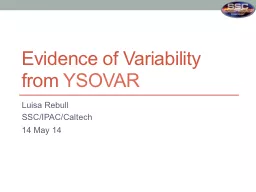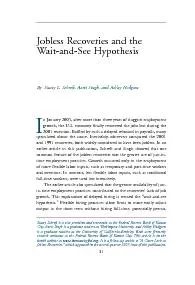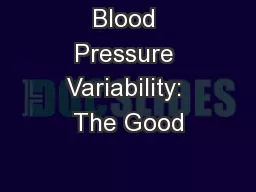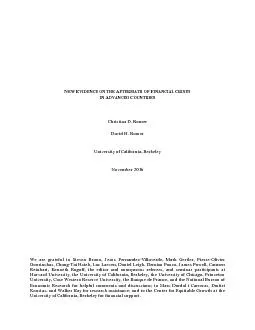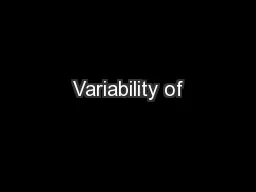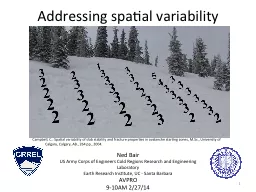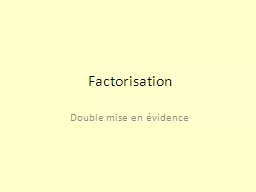PPT-E vidence of Variability from
Author : karlyn-bohler | Published Date : 2015-10-26
YSOVAR Luisa Rebull SSCIPACCaltech 14 May 14 2 IC1396A with Cold Spitzer MoralesCalderon et al 2009 First highcadence monitoring of young stars in IRAC bands
Presentation Embed Code
Download Presentation
Download Presentation The PPT/PDF document "E vidence of Variability from" is the property of its rightful owner. Permission is granted to download and print the materials on this website for personal, non-commercial use only, and to display it on your personal computer provided you do not modify the materials and that you retain all copyright notices contained in the materials. By downloading content from our website, you accept the terms of this agreement.
E vidence of Variability from: Transcript
Download Rules Of Document
"E vidence of Variability from"The content belongs to its owner. You may download and print it for personal use, without modification, and keep all copyright notices. By downloading, you agree to these terms.
Related Documents

